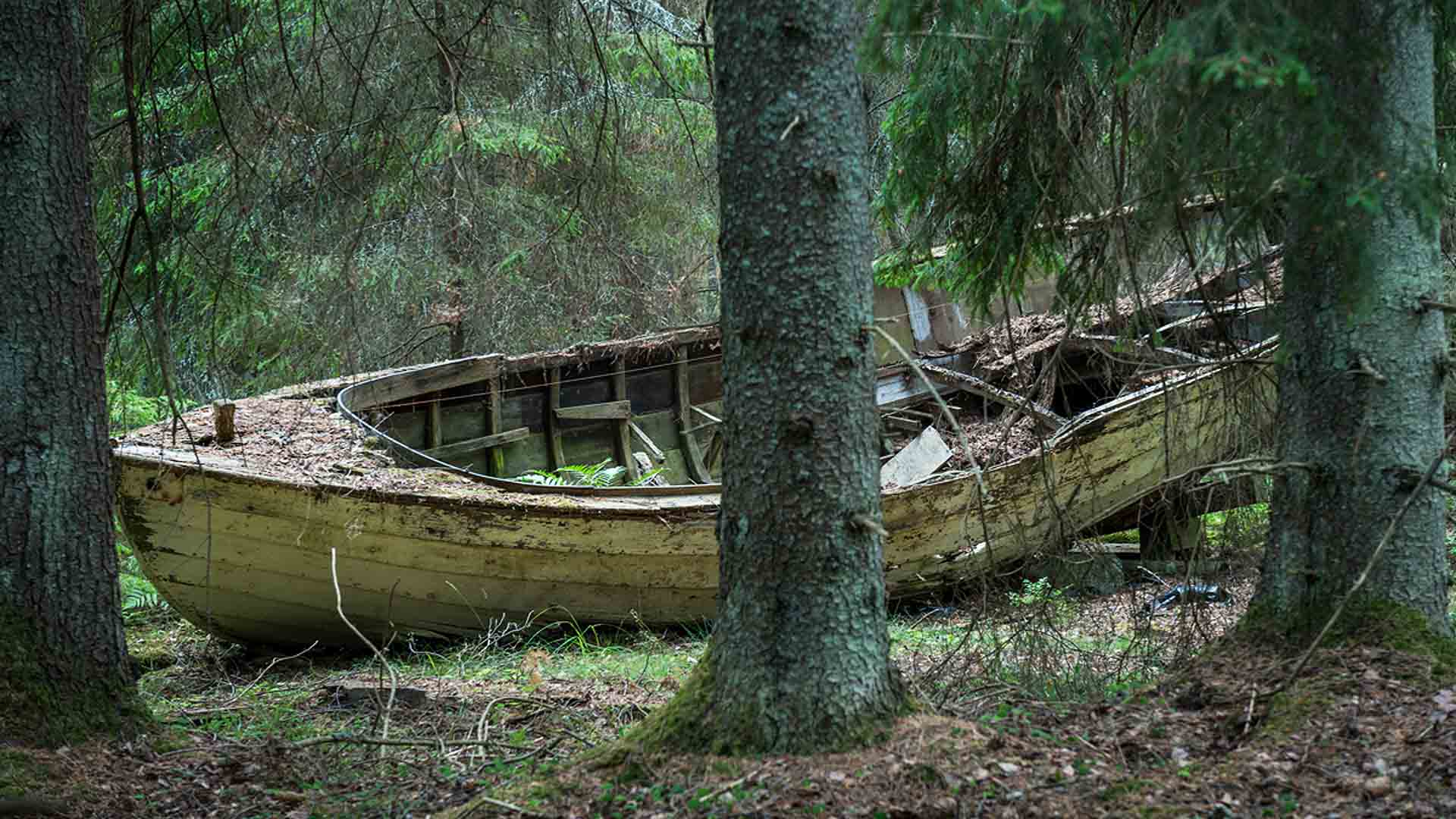
Mirja Arnshav, coworker at the Museum of Wrecks, was struck one day by the looks of a boat she came across in a fishing village on the island of Gotland. She was told that it was probably a World War II refugee boat that had washed up on a beach there. And so began her interest in these simple boats, which culminated in a research publication titled “The Small Boats and the Great Escape”.
The boats crossed back and forth between the Baltic states and eastern Sweden. An estimated one thousand small boats transported both adults and children across the Baltic Sea. Arnshav has found 35 of them, most on the east coast of Gotland and on the coast of Uppland – boats that have been washed ashore or left on the beaches and remain in varying states of preservation.
“It was only during the years I studied them that I noticed how they had been worn away by the ravages of time,” she says.
Most refugees came from Estonia. At the time, a Swedish-speaking minority still lived in Estonia and fled to Sweden in these boats.
“Relatives of those who fled sometimes go back to the boats – they’ve become a link to past family history. And, especially on Gotland, there’s a general reverence for these simple boats on the beaches, so they have been left here for 80 years”.
With the help of oral information, interrogation records and other archival details, Arnshav has gotten a closer look at the people who travelled across the sea. She has also studied the boats themselves, a gem of the Baltic boat building tradition. The boats are physical remains that serve as a memory of people’s escape.
Arnshav is also leading a research project at the Maritime Museum called “The Materiality of Escape”, which studies the few objects that the Baltic refugees chose to bring with them to Sweden. More information about these objects will be revealed in a forthcoming book.